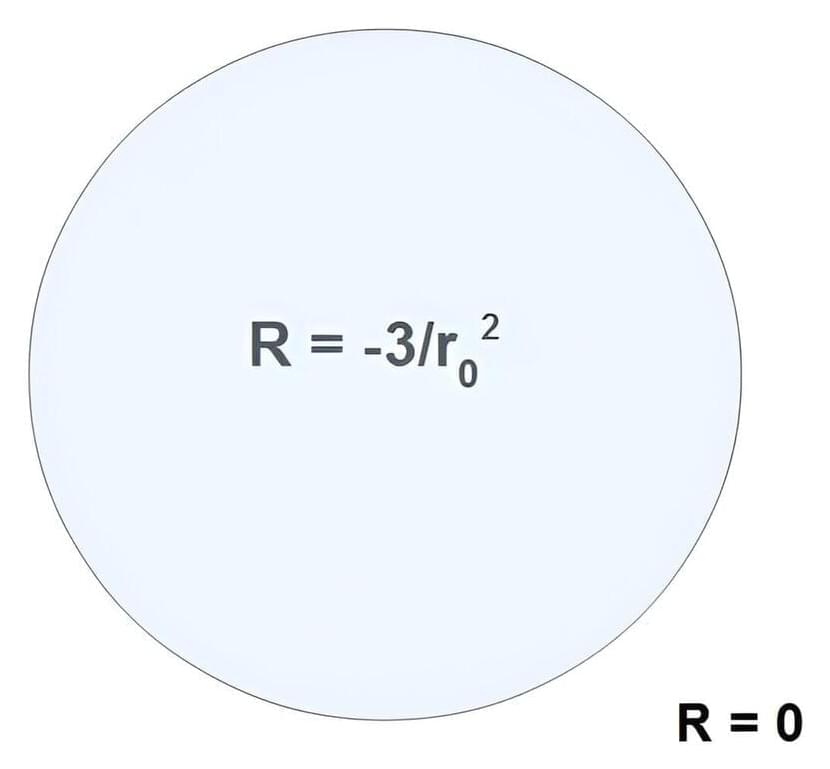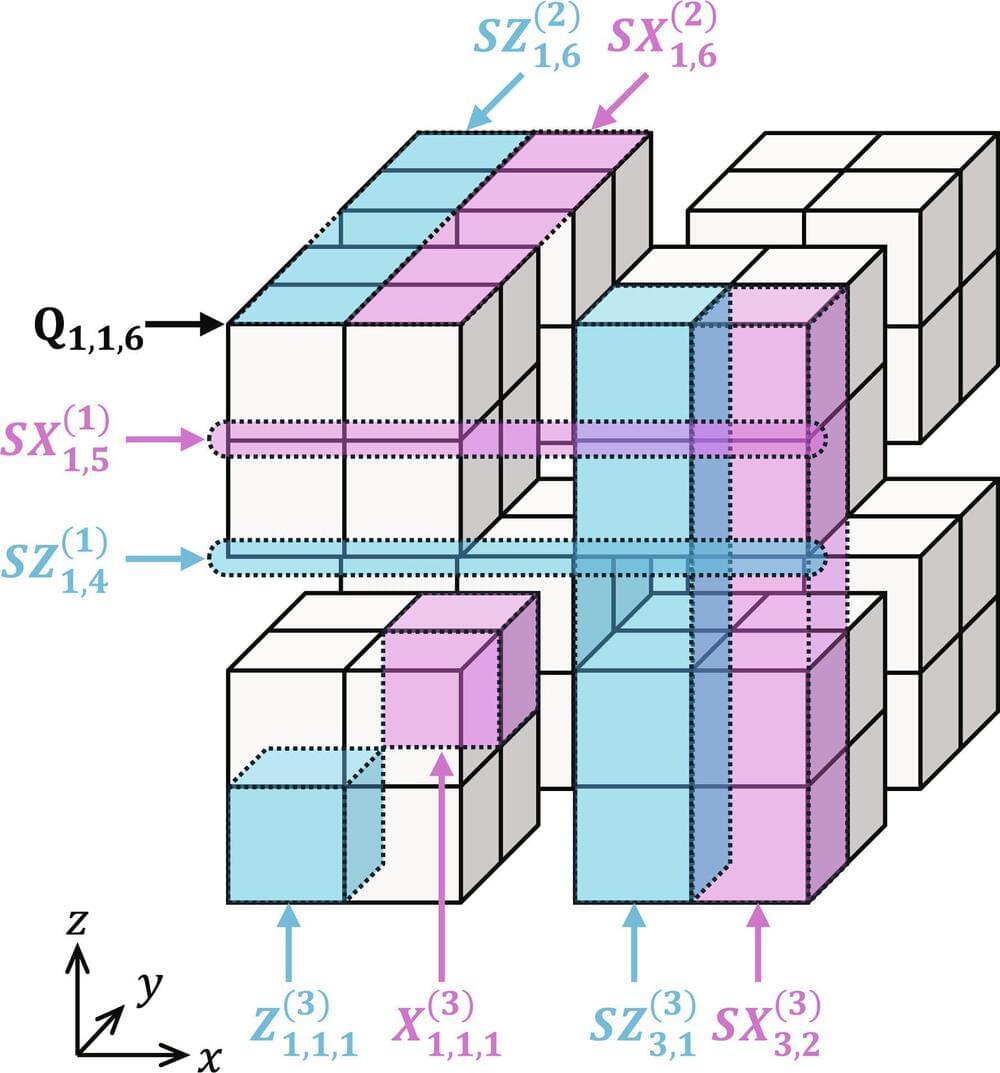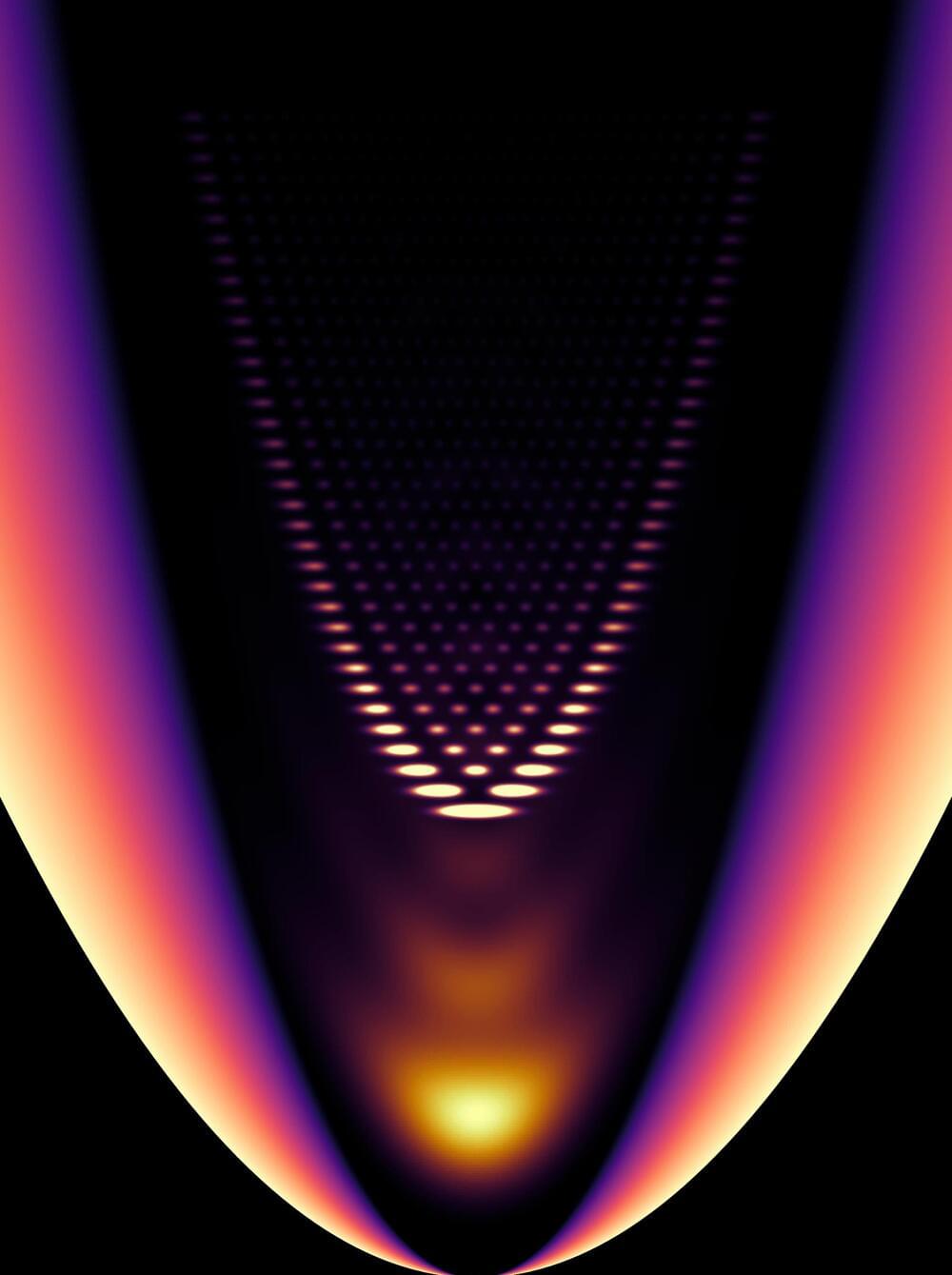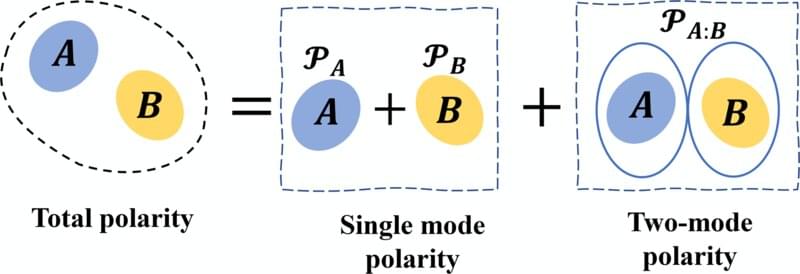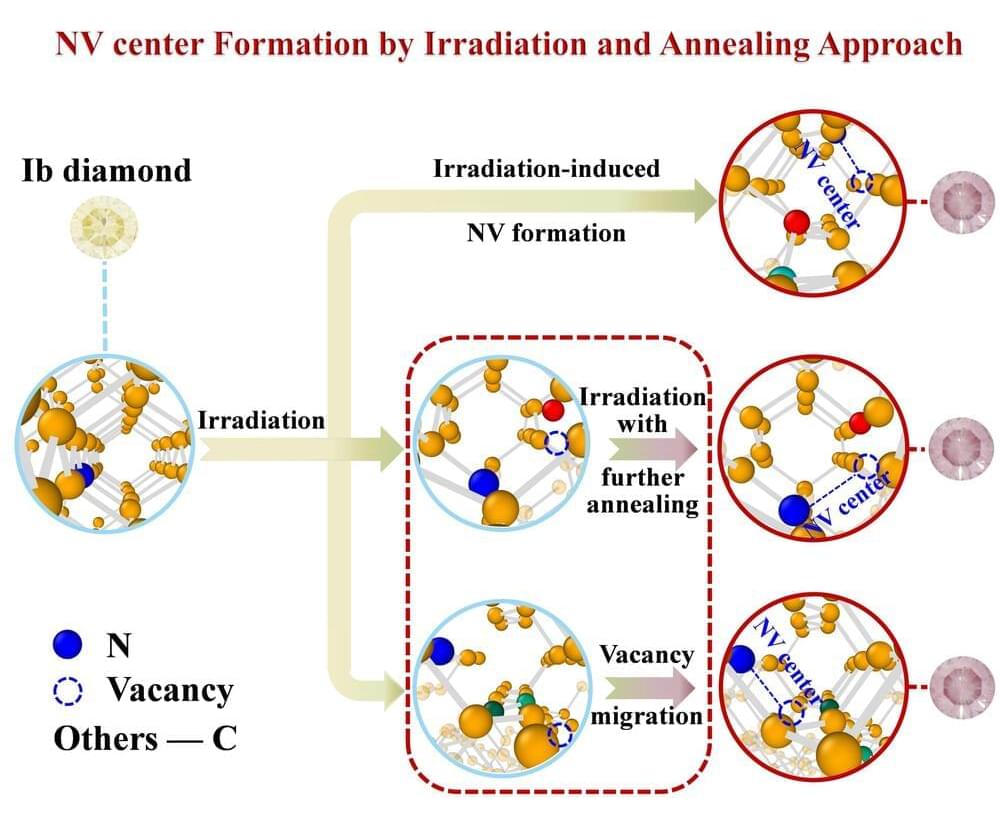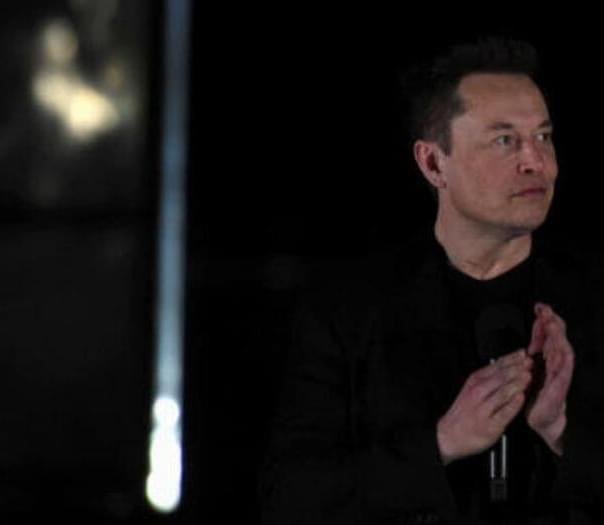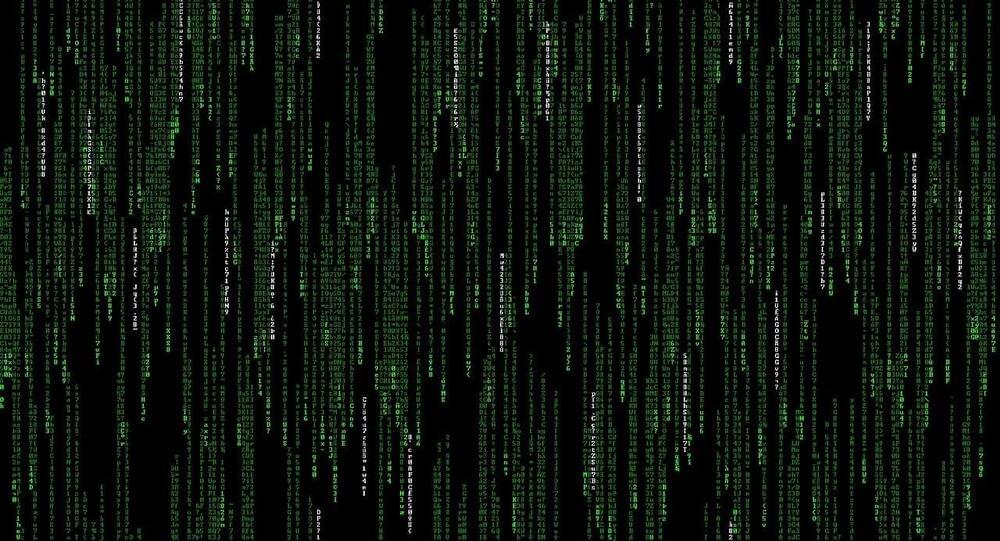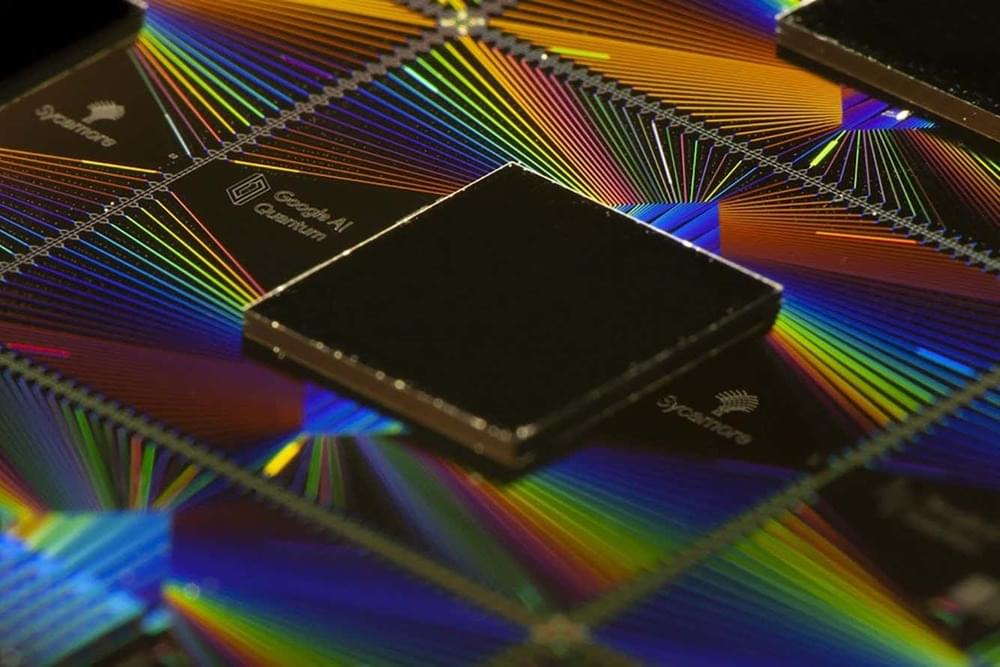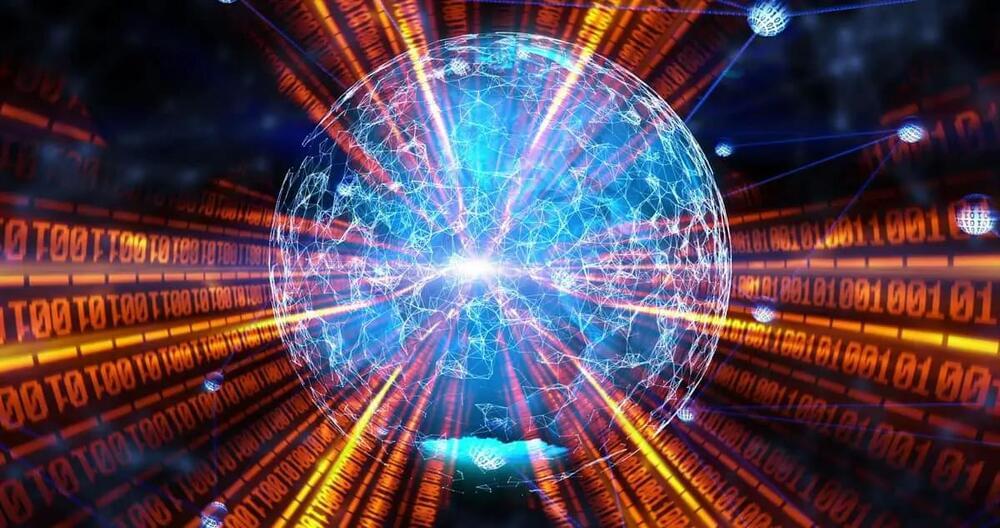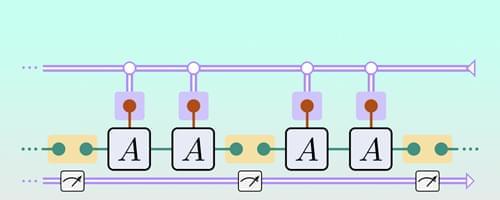Neutron stars are timelike matter with a maximum mass of about 2.34 solar masses in quantum chromodynamics (the strong color force). Black holes are spacelike matter that have no maximum mass, but a minimum mass of 2.35 solar masses. Indeed, black holes have been identified with millions or billions of solar masses.
Category: quantum physics – Page 78
In work published in Science Advances, Hayato Goto from the RIKEN Center for Quantum Computing in Japan has proposed a new quantum error correction approach using what he calls “many-hypercube codes.”
Physicists at the University of Bonn and the University of Kaiserslautern-Landau (RPTU) have created a one-dimensional gas out of light. This has enabled them to test theoretical predictions about the transition into this exotic state of matter for the first time. The method used in the experiment by the researchers could be used for examining quantum effects. The results have been published in Nature Physics.
The foundation of nearly all quantum information applications—such as computation and communication—rely on the quantum properties of superposition and entanglement.
Research teams from Wuhan University and the China University of Geosciences (Wuhan) have revealed new insights into the formation mechanism of nitrogen-vacancies (NV) centers in type-Ib diamonds, a phenomenon critical to quantum sensing and computing advancements. Using a novel irradiation and annealing method, the teams demonstrated how controlled temperature and orientation can significantly increase the density and depth of NV centers, paving the way for new applications in biological imaging and quantum technologies.
Scientists have finally figured out a way to connect the dots between the macroscopic and the microscopic worlds. Their magical equation might provide us answers to questions like why black holes don’t collapse and how quantum gravity works.
Researchers from the University of Pisa developed a quantum subroutine to improve matrix multiplication for AI and machine learning applications.
When you multiply two large matrices—this is a common task in fields like machine learning, but it can be time-consuming, even for powerful computers…
In a recent study published in IEEE Access, a team of researchers from the University of Pisa introduced a quantum subroutine designed to streamline matrix multiplication. This subroutine is a new feature in the toolbox of matrix multiplication that could improve computational efficiency, particularly in applications like machine learning and data processing.
It’s A Matrix World And We’re Just Living In It
Google has built a quantum computer that makes fewer errors as it is scaled up, and this may pave the way for machines that could solve useful real-world problems for the first time.
Quantum Teleportation Over 44 Kilometers Achieved, Paving the Way for a Quantum Internet Revolution
A team from Fermilab and the University of Calgary has achieved long-distance quantum teleportation over 44 kilometers, setting a new record. This breakthrough, detailed in Physical Review, advances the goal of creating a quantum internet—where qubits can be shared instantly through entanglement. This new capability could revolutionize data storage, precision sensing, and computing. The research demonstrates the potential for scaling up quantum systems and contributes to developing a blueprint for a national quantum internet. The previous record was only six kilometers, highlighting the significant progress made.
A new method for preparing certain states on a quantum computer is predicted to take the same time regardless of the system size.
